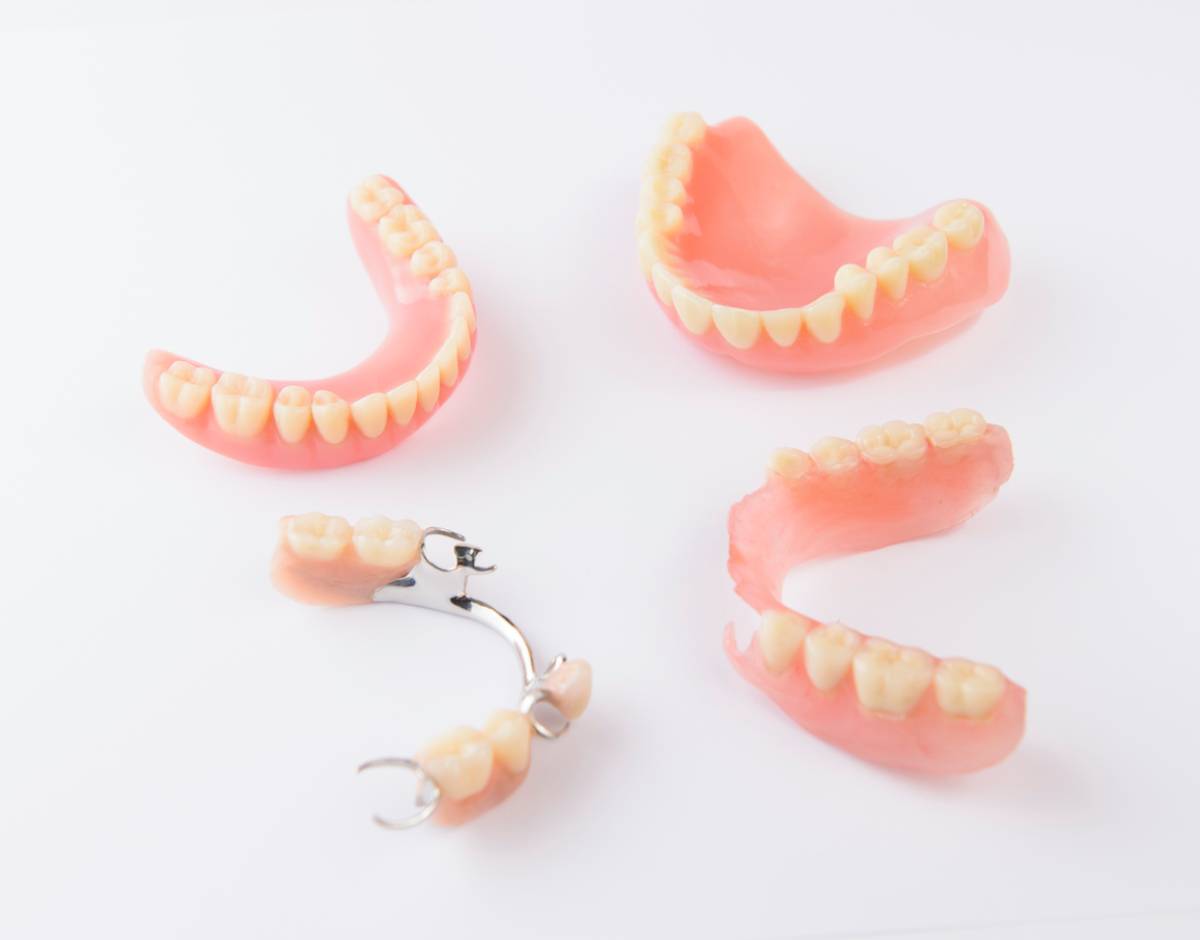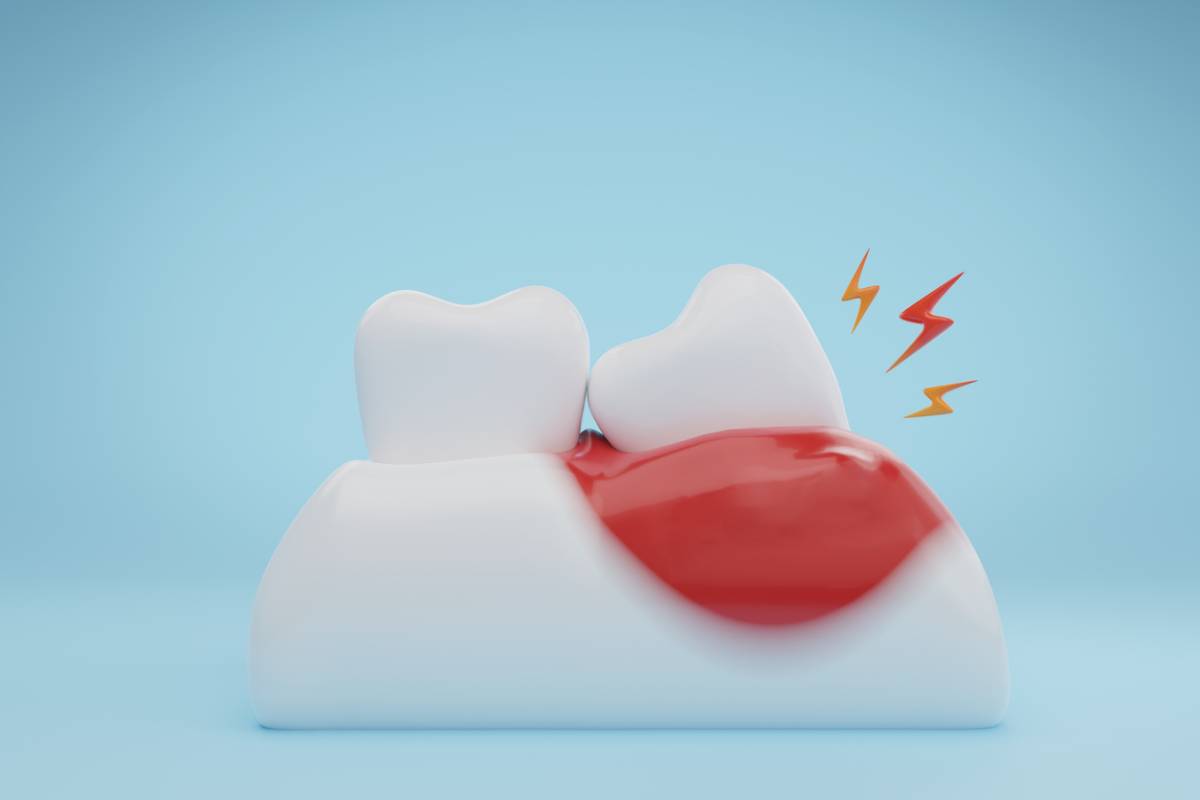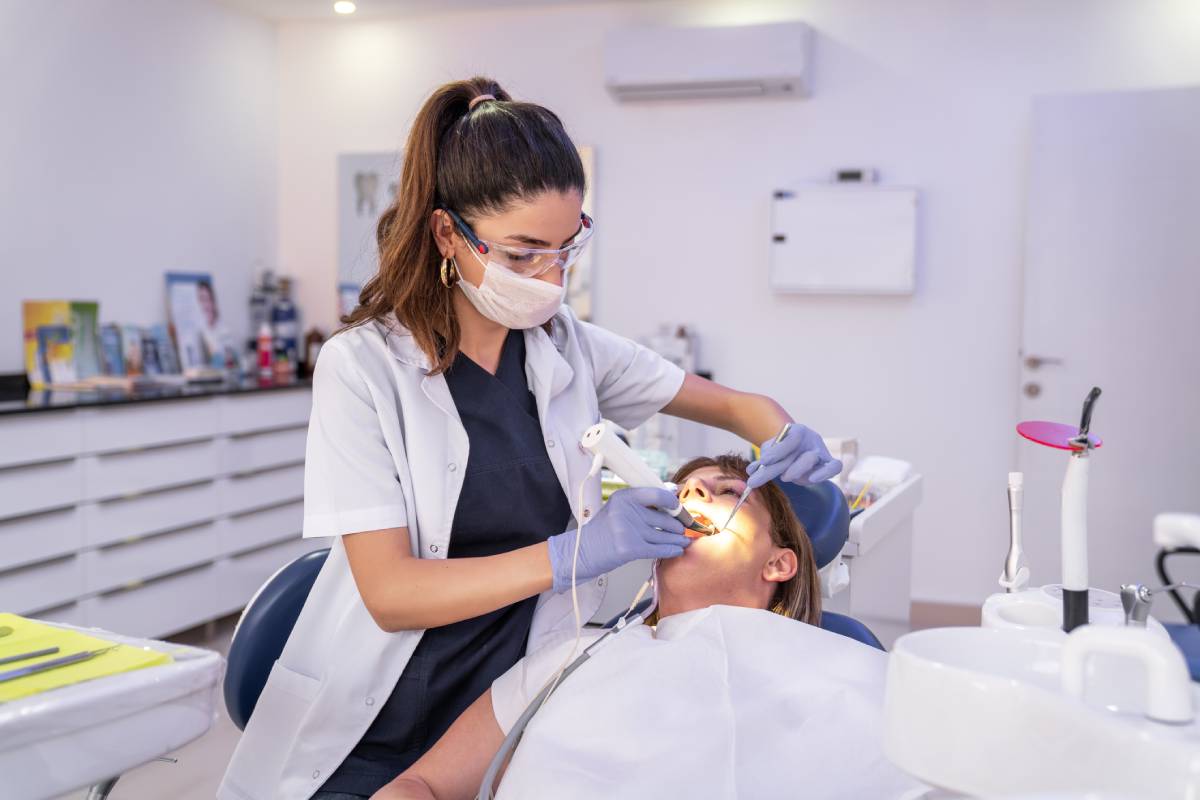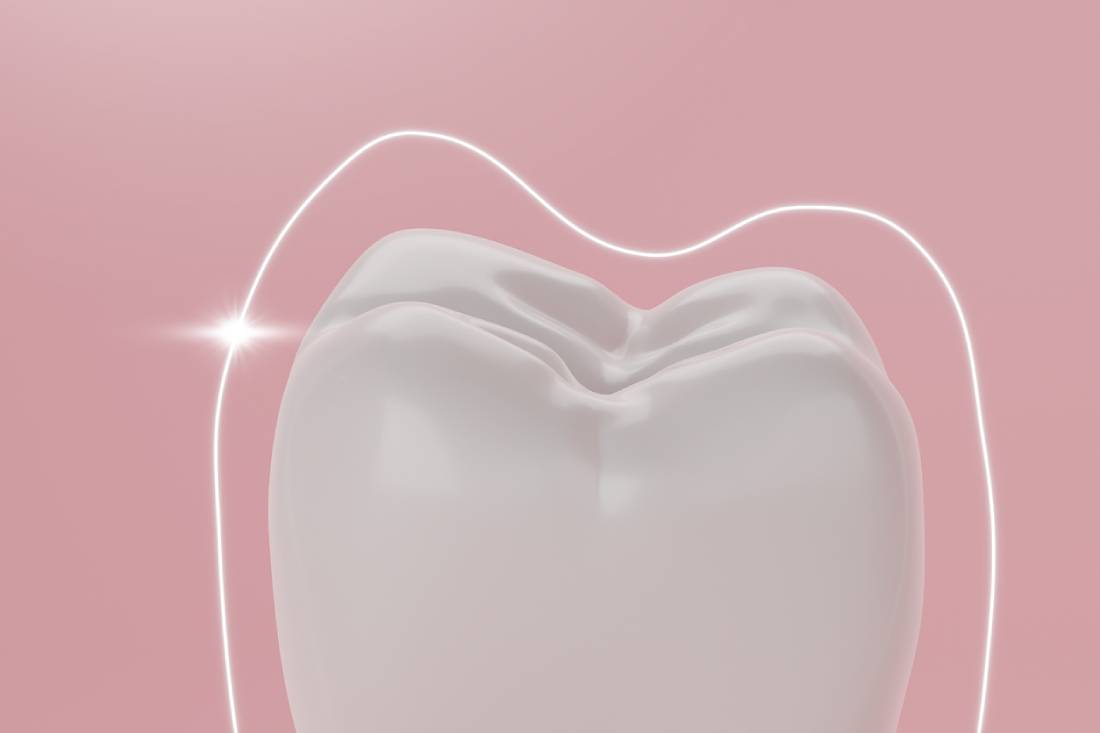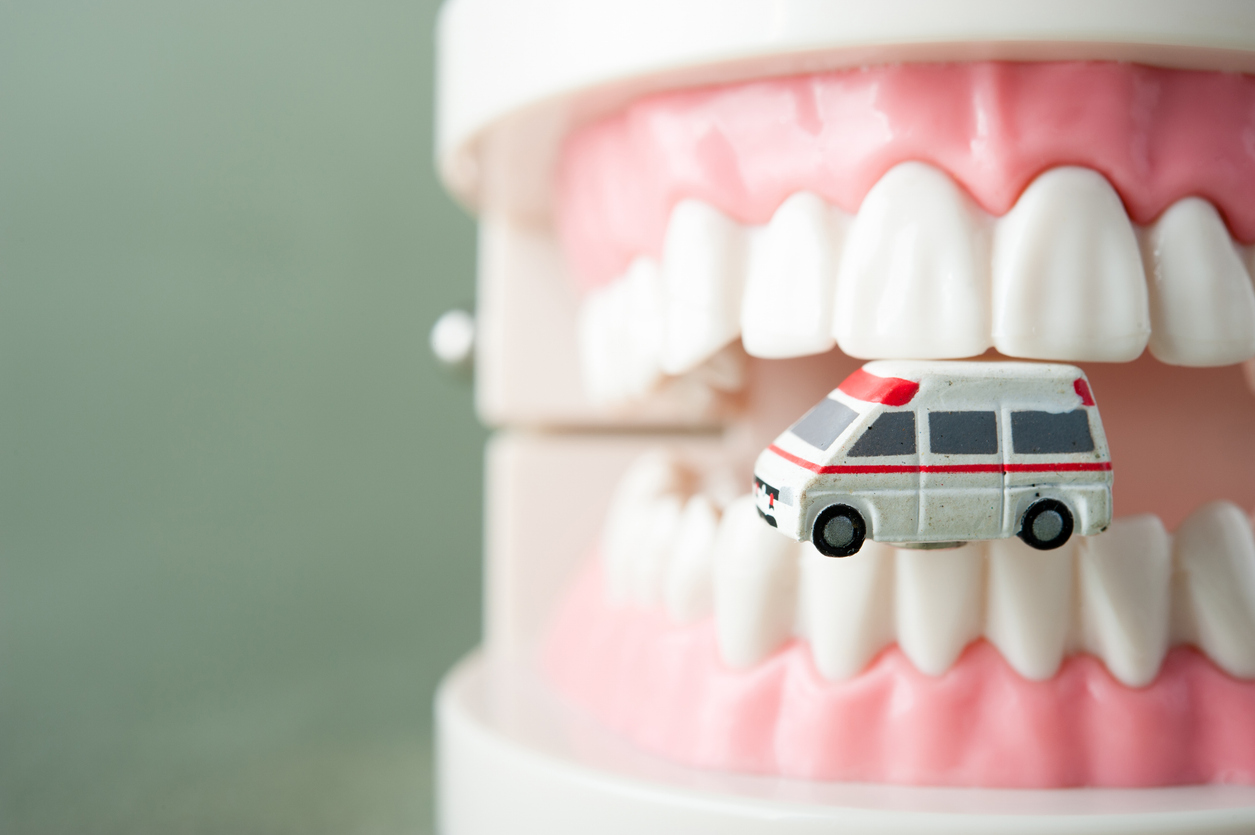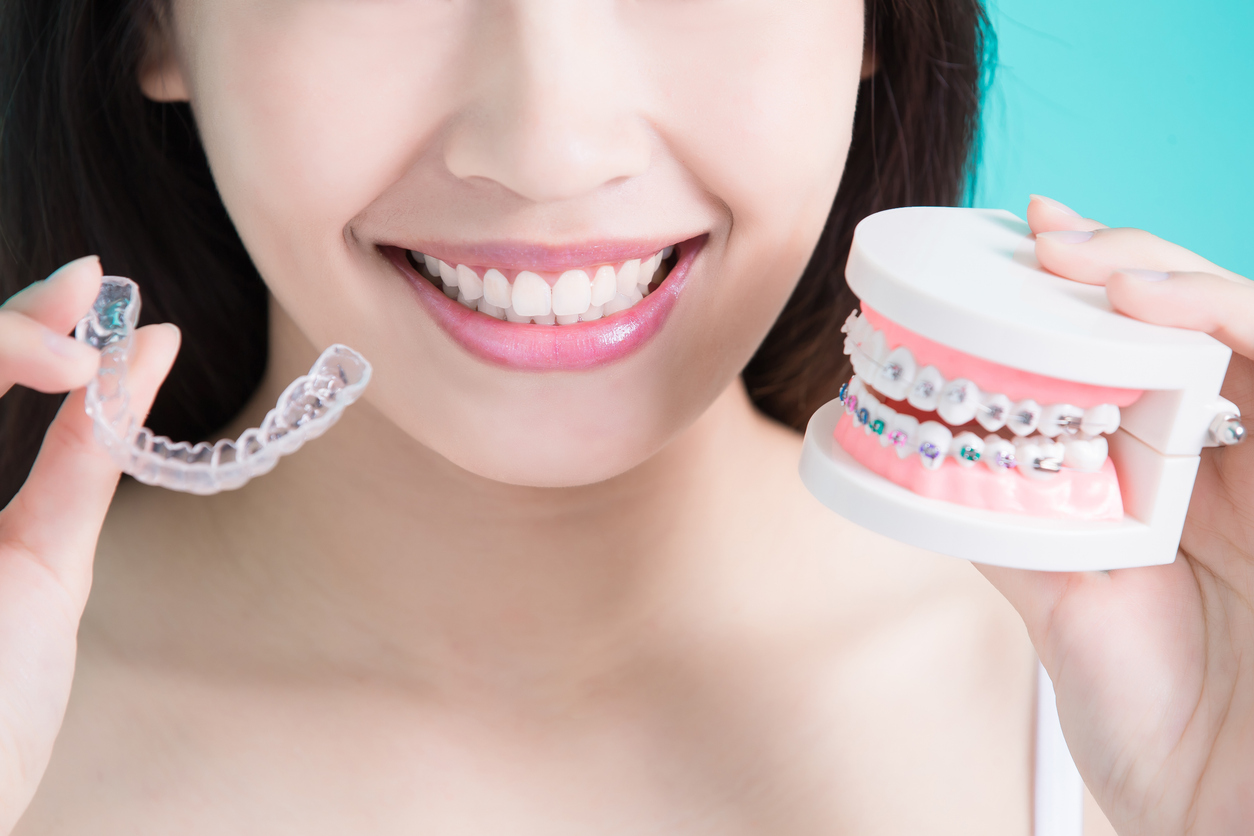What Are Dentures Made Of?
For many patients, receiving a set of dentures can literally bring back their smile. But what are dentures made of? In some cases, a set of dentures is built from two or more materials. Each material has unique advantages, ranging from durability to price.
What Are Dentures Made Of?
By some estimates, humans have been making dentures for almost 3,000 years. In the past, dentures were made from some surprising materials. Ancient dentures could have been made from materials like animal teeth, wood, ivory, or even other people’s teeth.
We have made significant progress since then in both design and material. Rather than make dentures from whatever materials are available, today’s denture manufacturers craft dentures to exact specifications in labs using medical-grade materials.
The exact materials used can vary depending on the individual. Below, we break down the different materials used in dentures and the purpose each type serves.
Modern Dentures Materials
Most modern dentures are composed of a combination of materials. For example, the “teeth” part will often be made of a material different from the tray part that rests on your gums. Each material has its own benefits and limitations, so weighing the pros and cons of each will help you determine which set is right for you.
Acrylic Resin
Resin-based materials are highly useful in dentistry. For fillings, we often use a composite resin. Millions of Americans have composite resin somewhere in their mouth at this moment. For dentures, we use a different type: acrylic resin.
We most often use this material for the base of dentures. This part sits on your gums, so we need a material that readily molds to individual shapes. Acrylic resin has excellent durability and is a highly affordable option.
Patients looking for a more affordable option can have dentures in which the tooth part is also made of resin. Modern dental labs can effectively make resin look quite natural in a set of dentures.
- Advantages: Affordable, durable, easy to mold to your gum shape
- Limitations: Aesthetic quality is more standard
Porcelain
While resin is a solid choice, many patients find porcelain more aesthetically pleasing for their dentures’ “teeth.“ Porcelain does look fantastic. However, we recommend patients weigh two key factors when considering this material.
Firstly, porcelain, while durable, can be damaged more easily than resin. Taking attentive care of your dentures should help alleviate this risk. Namely, stay away from hard foods, and you should be fine. Also, we consider the higher cost.
- Advantages: High aesthetic quality, natural look
- Limitations: Potentially can break, higher cost
Flexible Polymer
Flexible polymer works well for dentures that need some extra flexibility. We usually reserve this material for partial dentures, which benefit from flexibility. We also recommend it for patients who have more sensitive gums. Having extra flexibility in your dentures can lessen the strain on your gums. The downside is that the material may prove unsuitable for patients at risk of gum disease because the material picks up bacteria more easily.
- Advantages: Increased comfort, easy to remove
- Limitations: Harder to clean, not suitable for complete dentures
Metal
We usually only see metal in the framework of dentures. For example, partial dentures often have metal components to enhance their structure. Implant-supported dentures can also have metal elements. Usually, these are the points of contact with the dental implants.
- Advantages: Extra stability for the dentures’ structure
- Limitations: Mild visibility in some partial dentures
How Should I Choose Materials for My Dentures?
We typically walk patients through three key considerations during their dentures consultation. Once you know where you stand on these elements, you will likely know which materials best suit your situation.
- Cost: We look at each patient’s budget individually. While dentures are a long-term investment, we know each patient has a unique financial situation. We explore options such as material expenses, potential financing, and any insurance coverage.
- Oral Health: The right material for you will depend on the health of your gums and teeth. For example, patients with gum disease may benefit from resin dentures more than flexible dentures.
- Aesthetics: Some patients will seek dentures to restore their basic dental function (e.g., eating and speaking). Others may want dentures that restore the appearance of their teeth and look as natural as possible. We walk you through what each material will look like as a finished product. This way, you can choose the material that best suits the smile you envision for yourself.
Dentures for Every Situation
At Premier Dental Esthetics, our dentist has worked with patients for years to provide personalized dentures. Call today to learn more about our custom-built teeth replacement plans.
